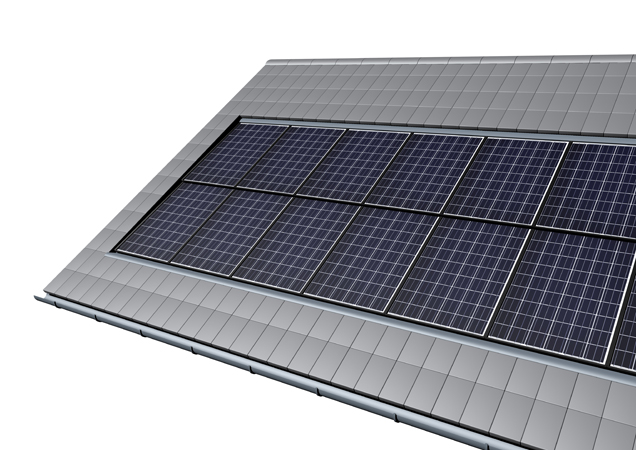Hello everyone,
My panels are going up on the roof at the end of July; a total of 41 SunPower SPR-225's. I bought them used, and have put a multimeter to them to make sure they all work (which they do). I aligned them more or less at the roof pitch angle, and tested them at an ambient temperature of 30C (86 degrees), in full sun, and after 30 minutes so they reached max temperature. Generally, a sample of 5 yielded the following results:
42.95 Volts X 5.84 Amps = 250.82 Watts
I did the same test a couple of months ago on a cool day in full sun which yielded over 260 Watts. The panels are rated at 225. My installer says that the high number that I'm getting is somewhat meaningless, and not to expect anywhere near those numbers. The ABB micro inverters I'm installing are rated at 96% efficiency, and the cable runs are quite short. In full sun, at a temperature of 20C, is it reasonable to assume that the panels have the ability to produce over 240 watts of usable power? Here are the factory specs:
Electrical Data
Measured at Standard Test Conditions (STC): irradiance of 1000W/m², AM 1.5, and cell temperature 25° C
Peak Power (+5/3%) Pmax 225 W
Efficiency η 18.1 %
Rated Voltage Vmpp 41.0 V
Rated Current Impp 5.49 A
Open Current Voltage Voc 48.5 V
Short Circuit Current Isc 5.97 A
Maximum System Voltage UL 600 V
Temperature Coefficients Power (P) -0.38% / K
Voltage (Voc) -132.5mV / K
Current (Isc) 3.5mA / K
I was wondering if anyone else put a multimeter on their panels before their installation, and got similar results above factory specs and/or know the relation between testing on a meter vs actual performance. Thanks for sharing.
My panels are going up on the roof at the end of July; a total of 41 SunPower SPR-225's. I bought them used, and have put a multimeter to them to make sure they all work (which they do). I aligned them more or less at the roof pitch angle, and tested them at an ambient temperature of 30C (86 degrees), in full sun, and after 30 minutes so they reached max temperature. Generally, a sample of 5 yielded the following results:
42.95 Volts X 5.84 Amps = 250.82 Watts
I did the same test a couple of months ago on a cool day in full sun which yielded over 260 Watts. The panels are rated at 225. My installer says that the high number that I'm getting is somewhat meaningless, and not to expect anywhere near those numbers. The ABB micro inverters I'm installing are rated at 96% efficiency, and the cable runs are quite short. In full sun, at a temperature of 20C, is it reasonable to assume that the panels have the ability to produce over 240 watts of usable power? Here are the factory specs:
Electrical Data
Measured at Standard Test Conditions (STC): irradiance of 1000W/m², AM 1.5, and cell temperature 25° C
Peak Power (+5/3%) Pmax 225 W
Efficiency η 18.1 %
Rated Voltage Vmpp 41.0 V
Rated Current Impp 5.49 A
Open Current Voltage Voc 48.5 V
Short Circuit Current Isc 5.97 A
Maximum System Voltage UL 600 V
Temperature Coefficients Power (P) -0.38% / K
Voltage (Voc) -132.5mV / K
Current (Isc) 3.5mA / K
I was wondering if anyone else put a multimeter on their panels before their installation, and got similar results above factory specs and/or know the relation between testing on a meter vs actual performance. Thanks for sharing.




Comment